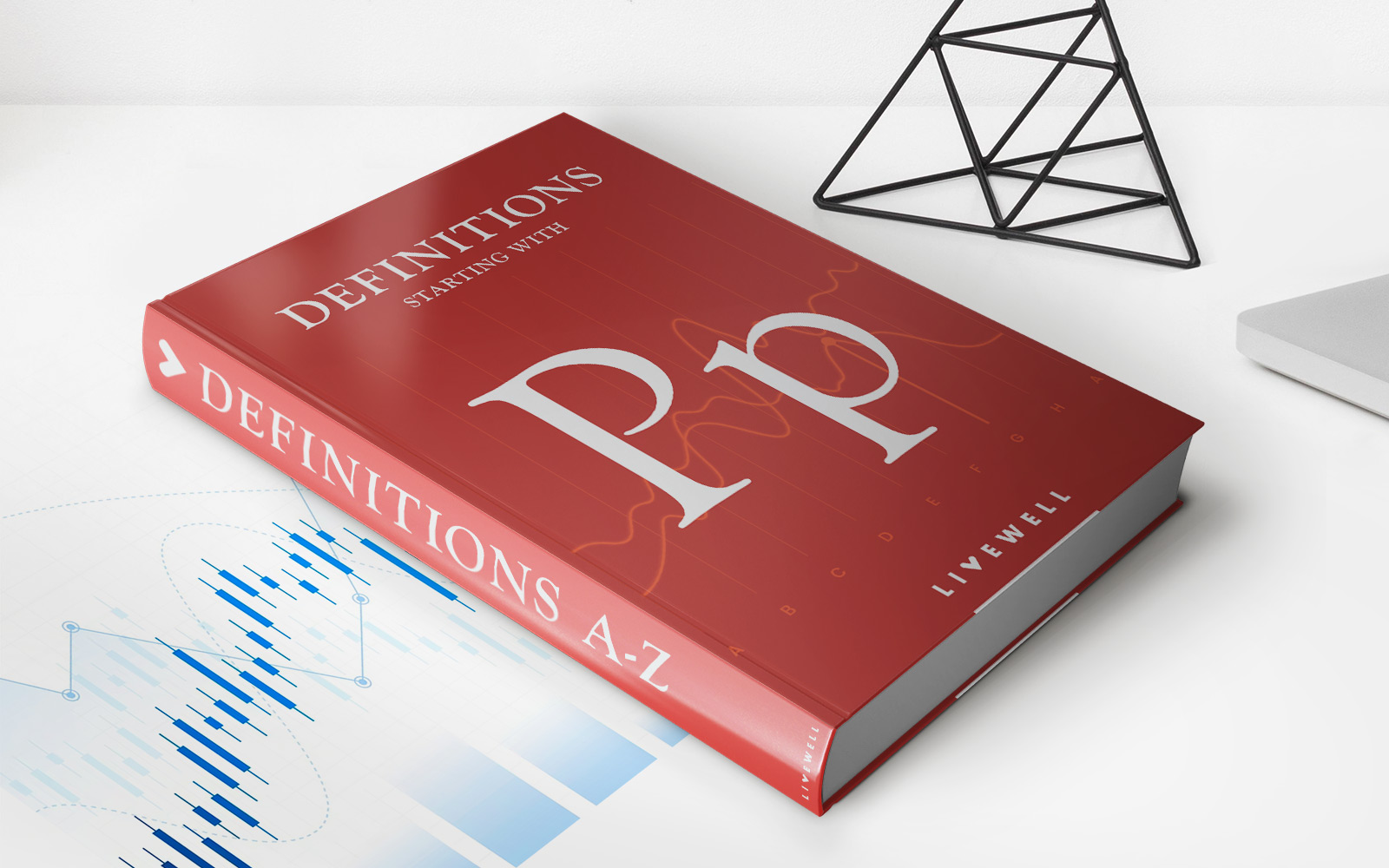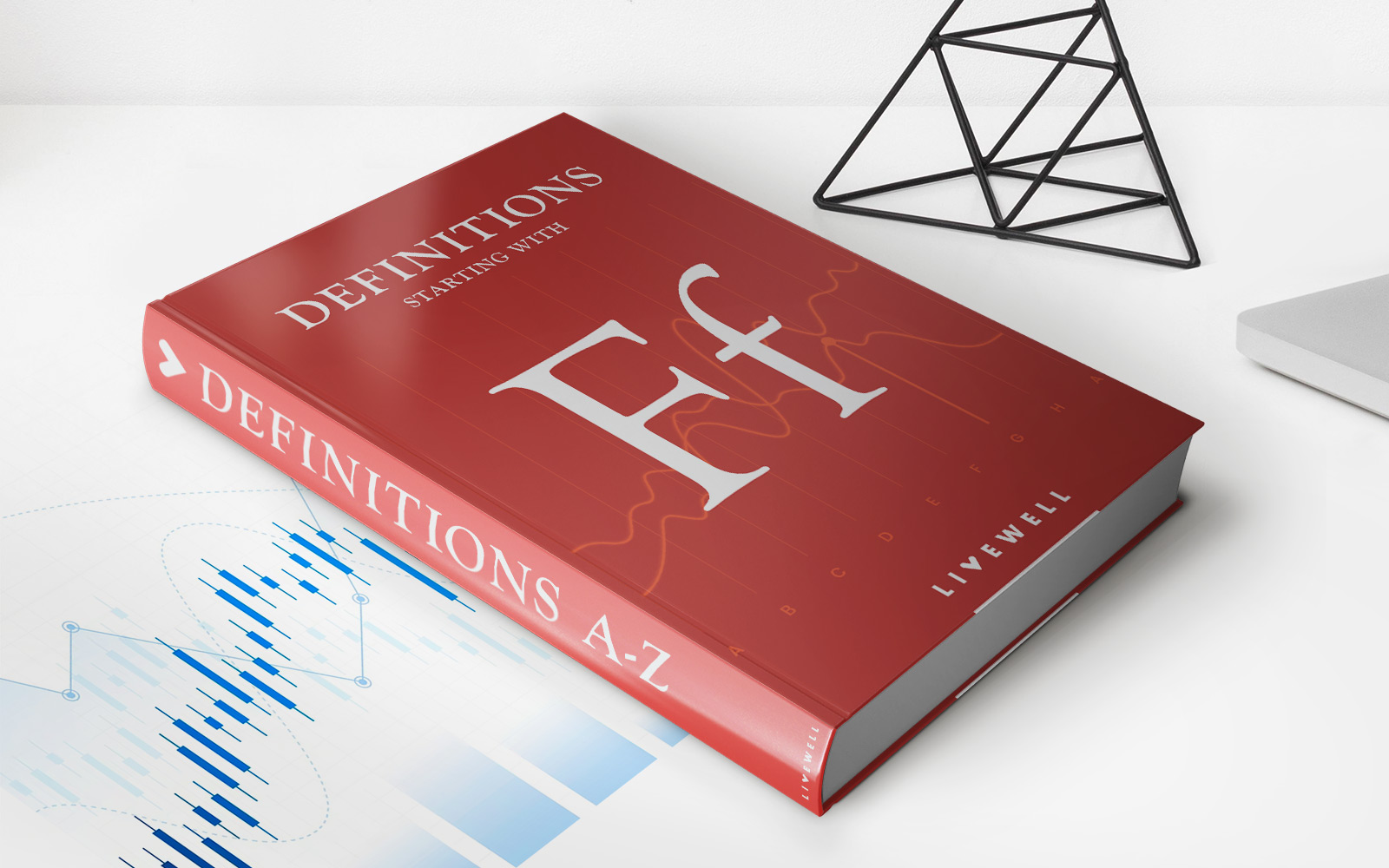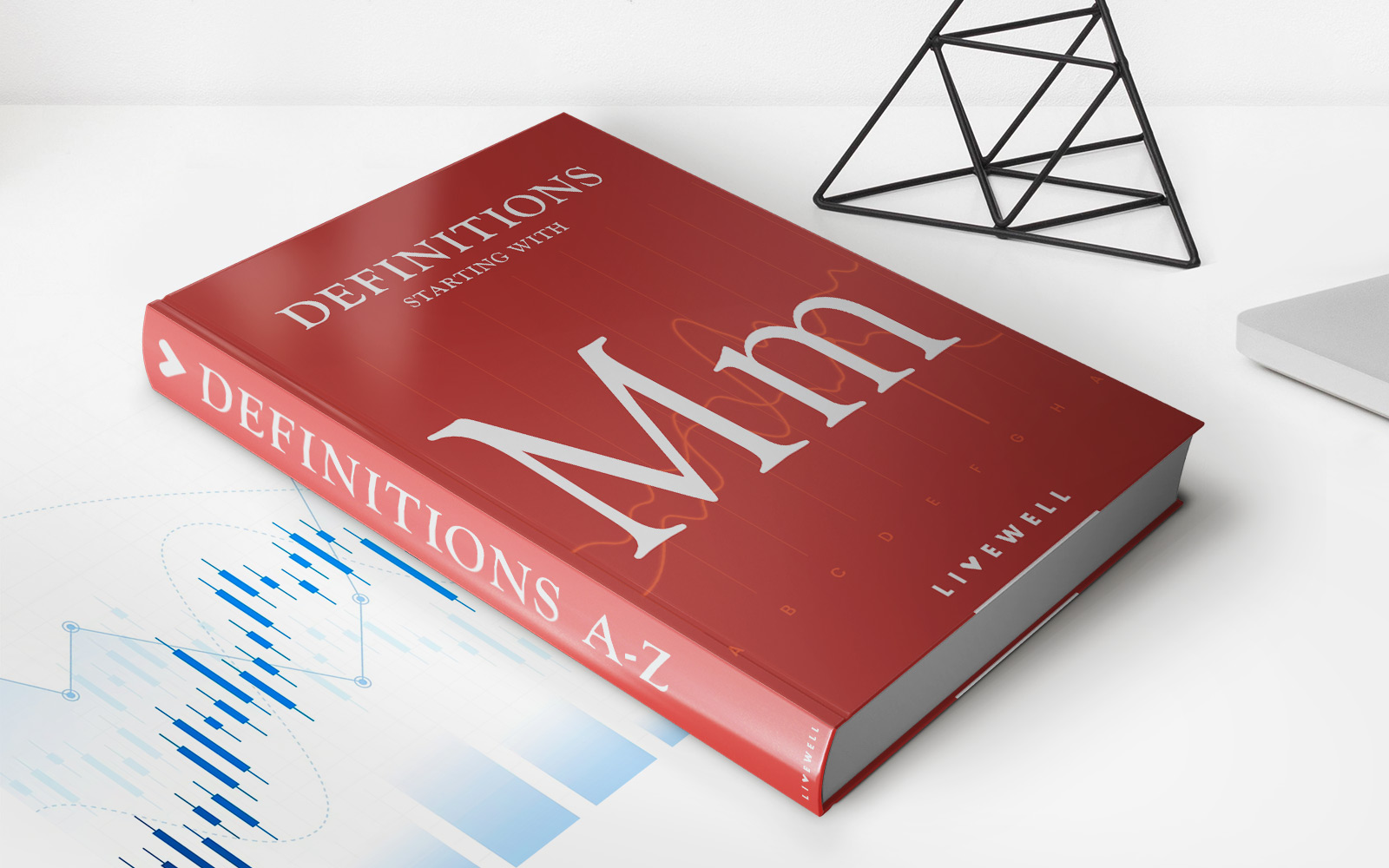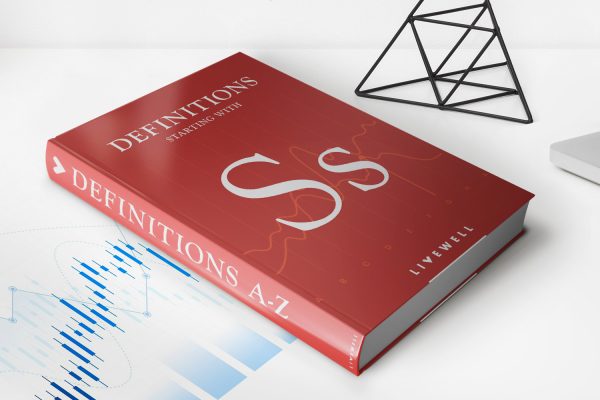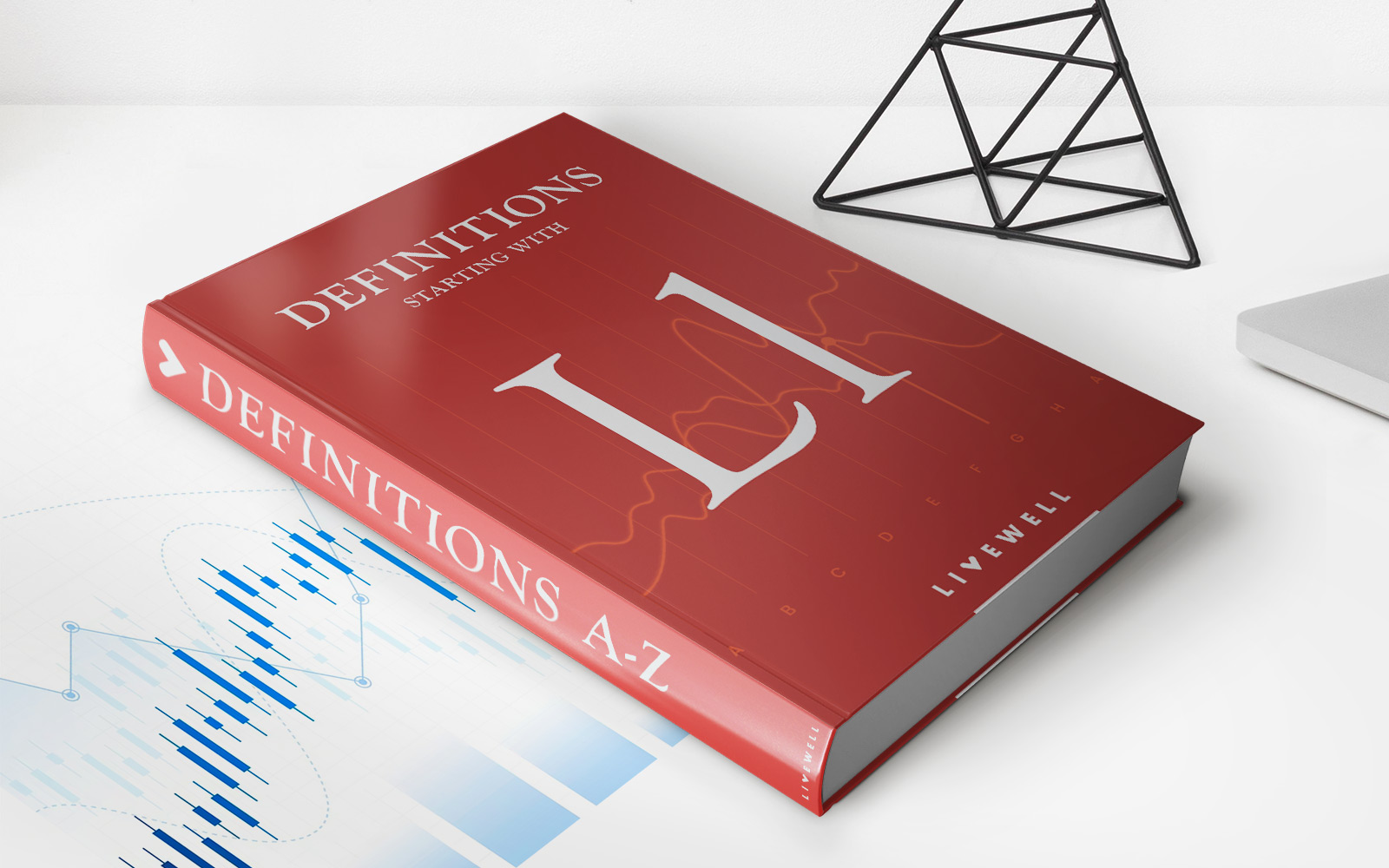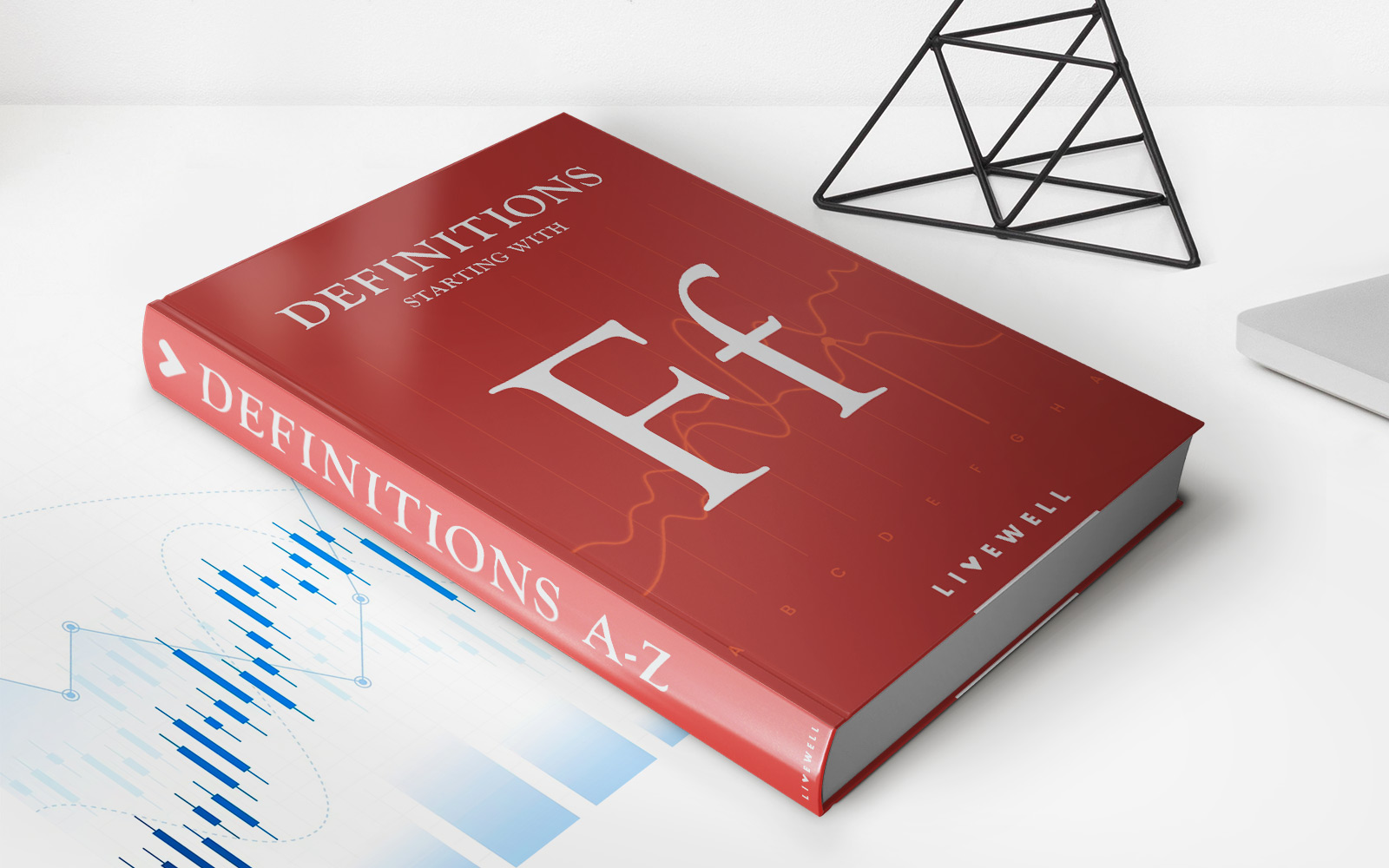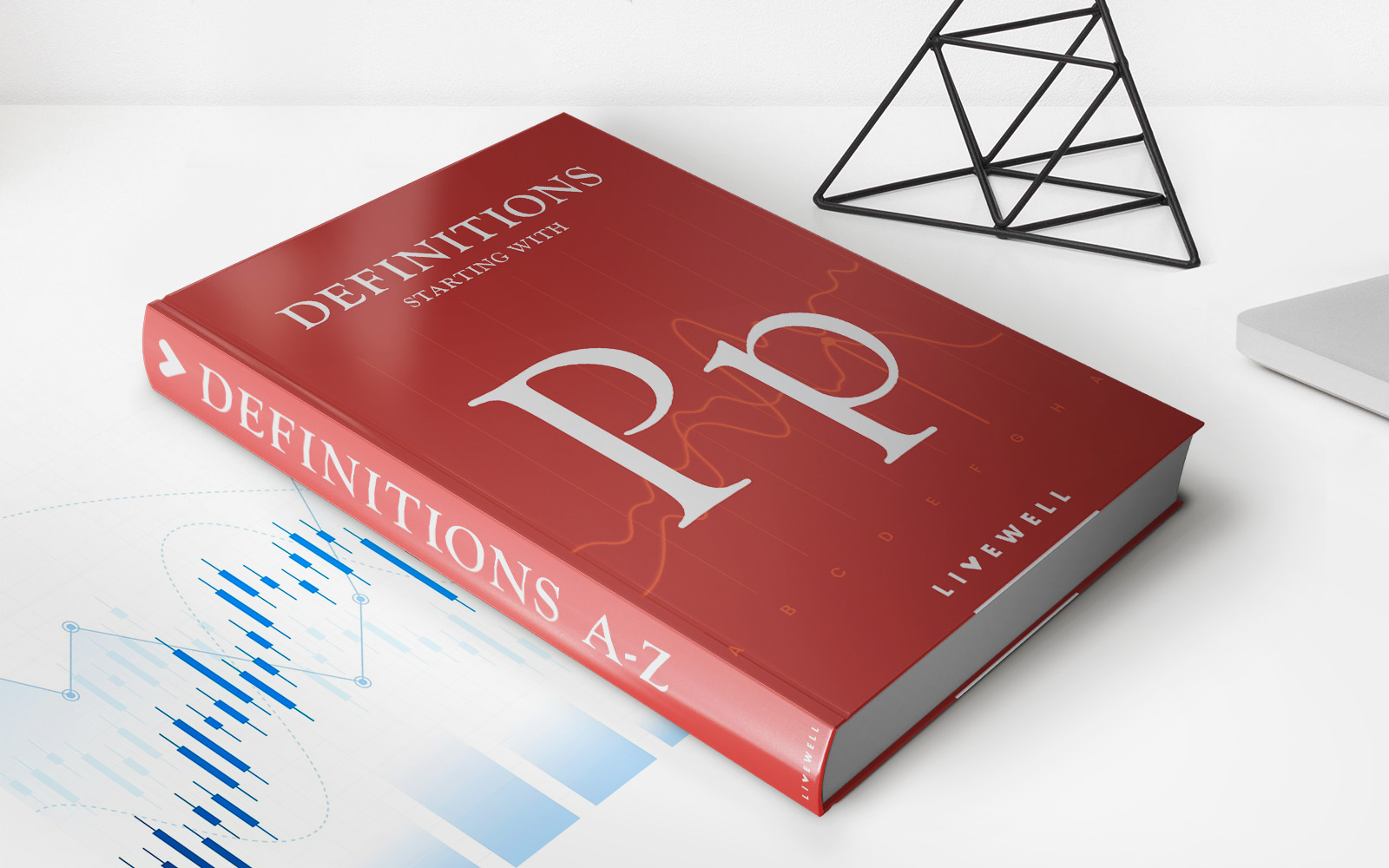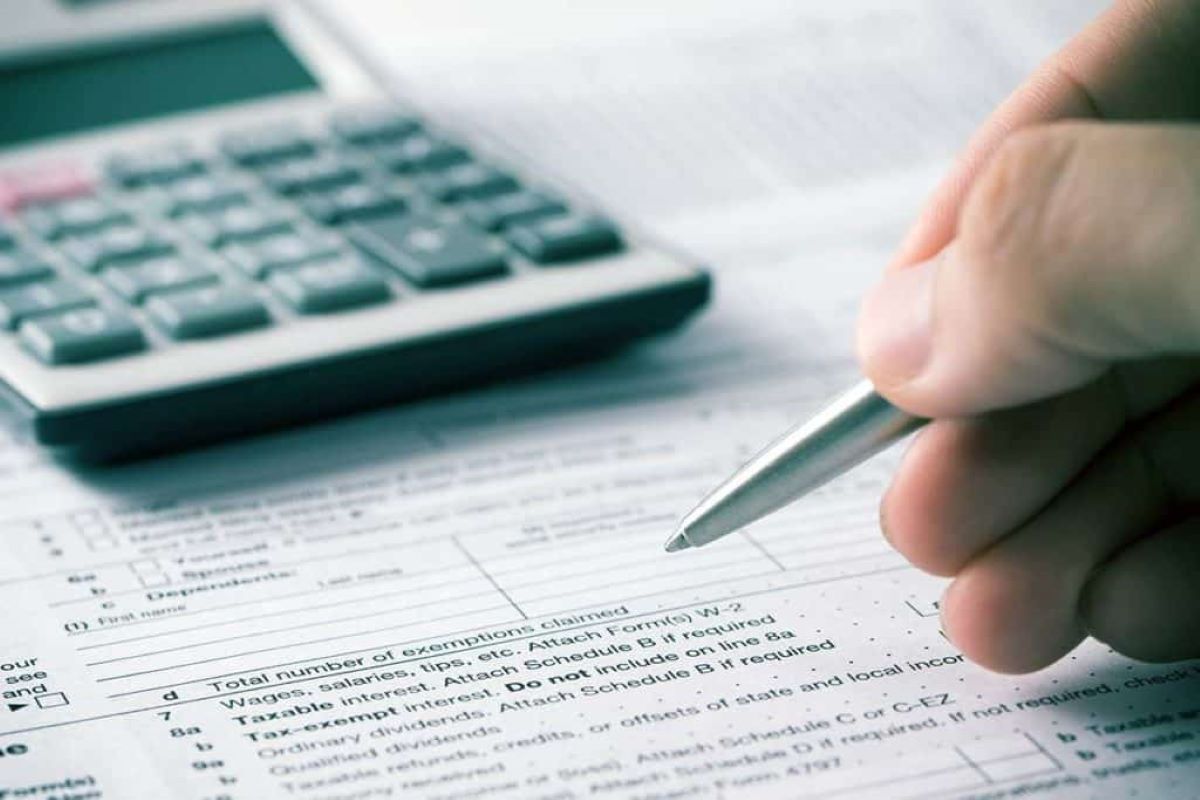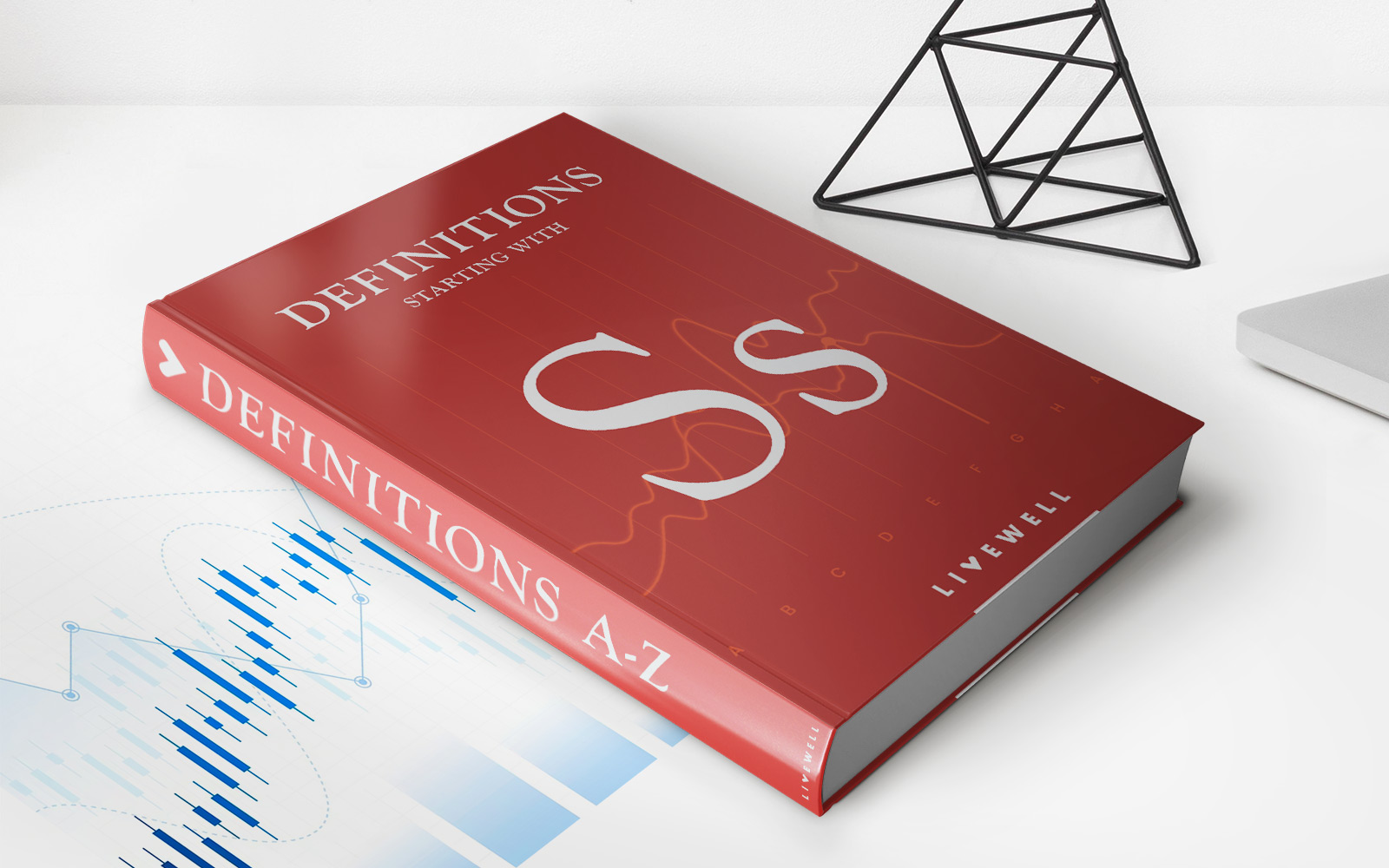

Finance
Separation Of Powers: Definition And Examples
Published: January 27, 2024
Discover the definition and examples of separation of powers in the realm of finance, ensuring a balanced distribution of authority among branches to prevent concentration of power.
(Many of the links in this article redirect to a specific reviewed product. Your purchase of these products through affiliate links helps to generate commission for LiveWell, at no extra cost. Learn more)
Separation of Powers: Definition and Examples
Welcome to our Finance category blog! Today, we’re diving into an important concept that affects governments all around the world: separation of powers. Have you ever wondered how a government ensures a balance of power and prevents abuse? Well, the principle of separation of powers addresses this very concern. In this blog post, we’ll explore the definition of separation of powers, its significance, and provide some examples to help you better understand its implementation.
Key Takeaways:
- Separation of powers is a fundamental concept in political theory that divides the functions of government into three branches: the executive, legislative, and judicial branches.
- The principle of separation of powers serves as a check and balance system, ensuring that no single branch has absolute power and prevents abuses of power.
Definition of Separation of Powers
The separation of powers can be defined as the division of government responsibilities into different branches. Each branch has its own distinct powers and responsibilities, acting as a counterbalance to the other branches. This division helps to prevent the concentration of power in the hands of a single entity, ultimately safeguarding the interests and liberties of the citizens.
The three main branches of government in the separation of powers system are:
- The Executive Branch: This branch, often headed by a president or prime minister, is responsible for implementing and enforcing laws.
- The Legislative Branch: This branch is responsible for making laws and is typically composed of a parliament or congress.
- The Judicial Branch: This branch interprets laws and resolves disputes through the court system, ensuring justice is served.
Significance of Separation of Powers
Separation of powers is crucial for several reasons:
- Checks and balances: By dividing power among three branches, each branch serves as a check on the others, preventing any one branch from overstepping its boundaries.
- Prevents tyranny: The separation of powers acts as a safeguard against the concentration of power, preventing any one branch or leader from becoming a tyrant.
- Preserves liberties: By preventing the abuse of power, separation of powers helps protect individual rights and liberties, ensuring a fair and just society.
Examples of Separation of Powers
To better understand how the principle of separation of powers works in practice, let’s look at a few examples from different countries:
- United States: The United States has a clear separation of powers, with the president (executive branch), Congress (legislative branch), and Supreme Court (judicial branch) acting as independent entities with their respective powers.
- France: France also follows the separation of powers, with the president (executive branch), the National Assembly (legislative branch), and the Court of Cassation (judicial branch) serving as distinct branches.
- Germany: Germany has a similar system, with a president (executive branch), the Bundestag (legislative branch), and the Federal Constitutional Court (judicial branch) ensuring the separation of powers.
In each of these examples, the separation of powers serves to maintain the balance of power and prevent any branch from becoming dominant, thereby upholding the principles of democracy and accountability.
Understanding the concept of separation of powers is essential to comprehend how governments are structured and function. By ensuring a system of checks and balances, separation of powers safeguards the interests of citizens and prevents abuses of power. We hope this blog post has shed light on this fundamental concept, providing you with a better understanding of how governments operate.
Stay tuned to our Finance category for more educational content on various topics related to finance and economy!
